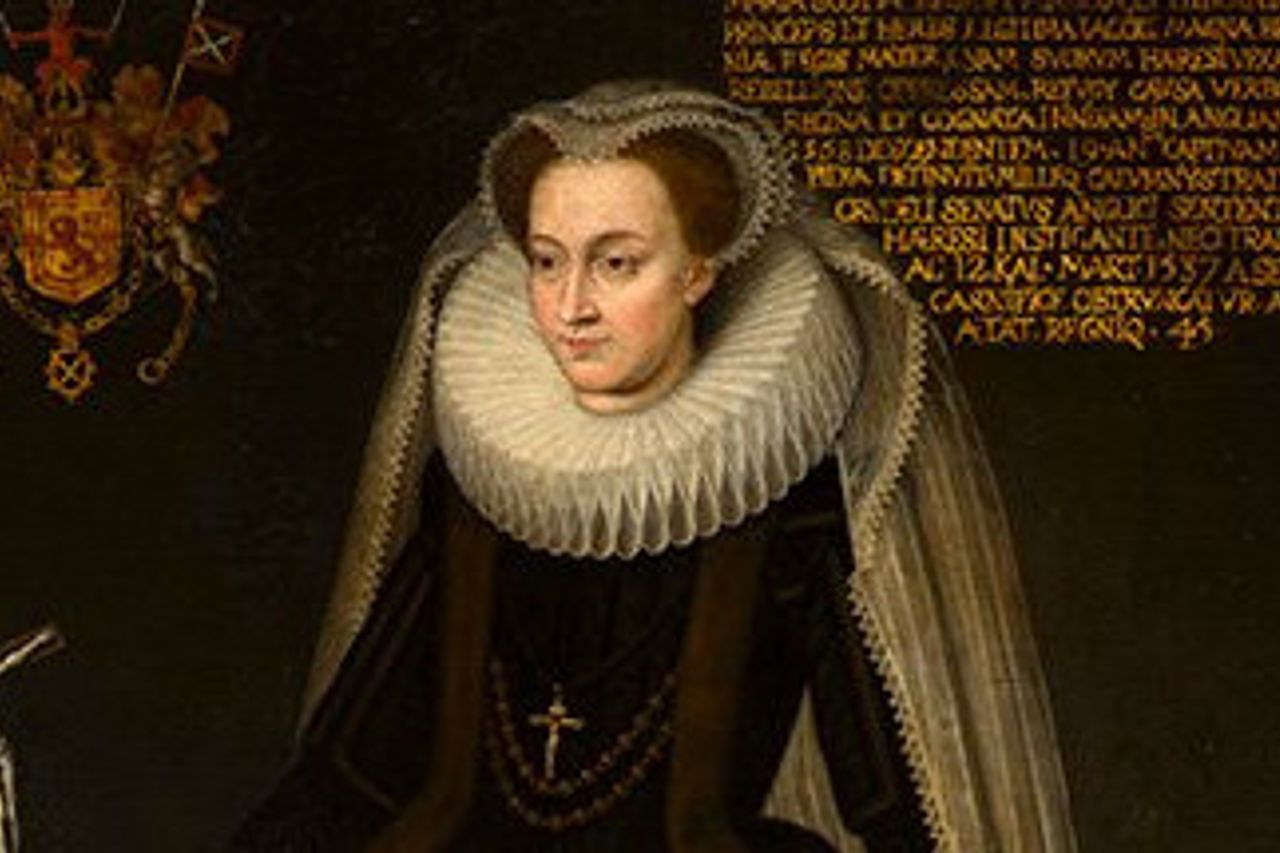The Life Of Mary Queen Of Scotland Due To Involvement In The Plot To Assassinate Queen Elizabeth I

JAKARTA - After 19 years in prison, Mary, Queen of Scotland, was beheaded in Fotheringhay Catle, England, on February 8, 1857. The sentence was obtained because Mary was involved in the plot to assassinate Queen Elizabeth I.
Queen Mary or Mary Stuart or in English terms is Mary of Scots, is the queen of Scotland who reigned from December 1542 to July 1567. Mary had to become a queen at the age of six days because at that time her father died of depression over the defeat of the war.
Since Mary was a baby at the time, her great-uncle Henry VIII offered to rule temporarily. However, in the end, Mary's mother received the right to rule until Mary entered adulthood.
At the age of five, Mary was sent to France to be raised in the country. Mary's mother is French and the Scots have a long alliance with France. So, Mary got engaged to four year old Francis.
In 1558, Mary married Francis, the eldest son of the King of France, Henry II and Catherine de Medicis. In 1559, Mary's husband was crowned King Francis II, making Mary Queen of Scotland and consort of France. Unfortunately, Francis died of an ear infection a year after he took the throne, leaving Mary a widow at the age of 18.
In 1565 Mary fell in love and married her cousin, Henry Stewart, who was known as Earl of Darnley. Mary's new husband is the grandson of Margaret Tudor. Mary's entry into the Tudor family made Elizabeth Tudor (Elizabeth I) angry. Her marriage to Henry Stewart also turned Mary's half sister against her.
Shortly after their marriage, Henry Stewart's ruthless ambitions caused trouble. In 1566 Henry and a group of Protestant aristocrats brutally murdered David Rizzio, secretary of Mary of Italy. They stabbed him 56 times. Mary also did not want to continue her marriage to Henry.
Henry Stewart was then killed mysteriously by an explosion at Kirk o 'Field, Edinburgh, in February 1567. Many thought that it was Mary's plan, but no one can prove it.
It didn't take long for Mary to end her widowhood. In May 1567 Mary married James Hepburn, the prime suspect in the murder of Henry Stewart. Over the years, James became a close friend of Mary and is said to have had a profound influence on her. James himself also had ambitions to become king and he kidnapped Mary and held her at Dunbar Castle.
Mary's marriage to James, which lasted just three months after Henry's murder, turned Scottish royalty against Mary. James Hepburn went into exile, where he was eventually arrested and held prisoner to death. Meanwhile, in July 1567, Mary was forced to abdicate as Queen of Scotland in favor of her infant son. Mary then imprisoned at Lochleven Castle.
Mary's Escape That Ends with Termination
As the great-grandson of King Henry VII, Mary had a strong claim to the English throne. His father-in-law, Henry II, also claimed this. Yet Mary was never queen of England.
In November 1558, Henry VIII's daughter, Elizabeth I, became Queen of England after the death of her sister, Mary of Tudor. Many Roman Catholics do not recognize the validity of Henry VIII's marriage to Elizabeth's mother, Anne Boleyn, and they consider Elizabeth I's rule to be invalid.
History launches, Saturday, February 8, 2020. Mary fled the Lochleven Catle in 1568, where she was imprisoned by Scottish aristocrats for her improper marriage to James Hepburn. Mary had made an army but was easily defeated. He then fled to England, where he sought refuge in Queen Elizabeth I. Instead of helping his cousin, the queen imprisoned Mary.
After being investigated, it turned out that British Catholics planned to bring Mary, who was also a Catholic, to the throne to become Queen of England by killing Elizabeth I. Mary was proven to have corresponded with one of the conspirators, namely Anthony Babington.
When the spy Elizabeth I uncovered the letters in 1586, Mary was brought to justice. He was found guilty of treason and sentenced to death.
Regardless of the outcome of the trial, Elizabeth I was still hesitant to execute Mary, given the looming bad precedent of "assassinating a Queen". Elizabeth I was also concerned about the possibility that Mary's son would one day seek revenge and the Catholic Church would help him. However, Elizabeth I did eventually sign a death sentence.
Mary was eventually executed at Fotheringhay Catle. The executioner slashed his ax twice to complete the death sentence.
"In manus lever, Domine, commendo spiritum teum (Into your hands, God, I give my soul)," were Mary's words before being beheaded, quoted from Today I Found Out.
